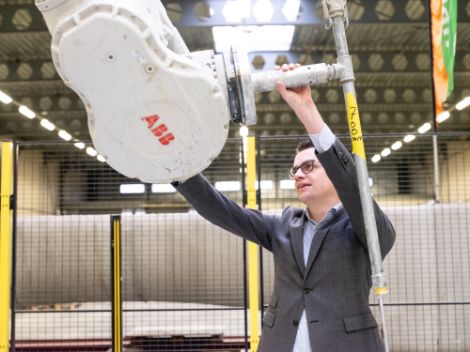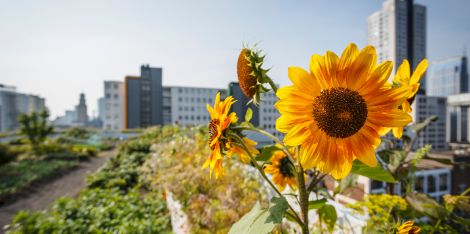Three questions for Anna Goede

Anna Goede works as an integrated area development consultant at Witteveen+Bos. She’s committed to creating healthy and climate-adaptive cities by working with health-driven design. We asked Anna three questions.
1. Health-driven design – what is it exactly?
Health-driven design is a way of working in which promoting health is central.
You can look at health in different ways. The traditional view mainly concerns minimising the negative environmental impact a project can have, such as air pollution or excessive noise. But you can also consider positive impacts, such as encouraging walking, accessibility, and biodiversity. That’s where the focus of health-driven design lies.
Based on existing frameworks created by the RIVM and GGD, we put together a framework of health-related topics relevant for the living environment. These include greenery in the city, cycling, and playing outdoors. It can be used to calculate what the impact of envisioned measures will be on health. In this way, we’re supporting healthier choices in the design process.
2. So you create parameters relating to healthy aspects?
That’s right, we look at scientific literature, standards, and legal frameworks – among other sources – and at what a design should comply with. We create indicators and parameters from these, which you can then use to calculate how good your design is. When thinking about where children can play outdoors, indicators could relate to lines of sight, the distance to a play area, or traffic density.
A client can make decisions based on which health topics he or she considers important. Data-driven choices can then be made and we can monitor how the design scores on health.
3. How do you see the future?
We want to be able to consider all the topics that are now part of health-driven design in an integrated way. We notice that, currently, frequently only one health topic is considered, such as cyclists’ behaviour or heat stress. In the future, I hope we’re able to combine more, allowing well-considered choices to be made for healthier cities.
About the Heat Stress Map
Both in our living and working environments, heat is a growing problem. The Heat Stress Map displays the physiological equivalent temperature (PET), or ‘perceived temperature’.



